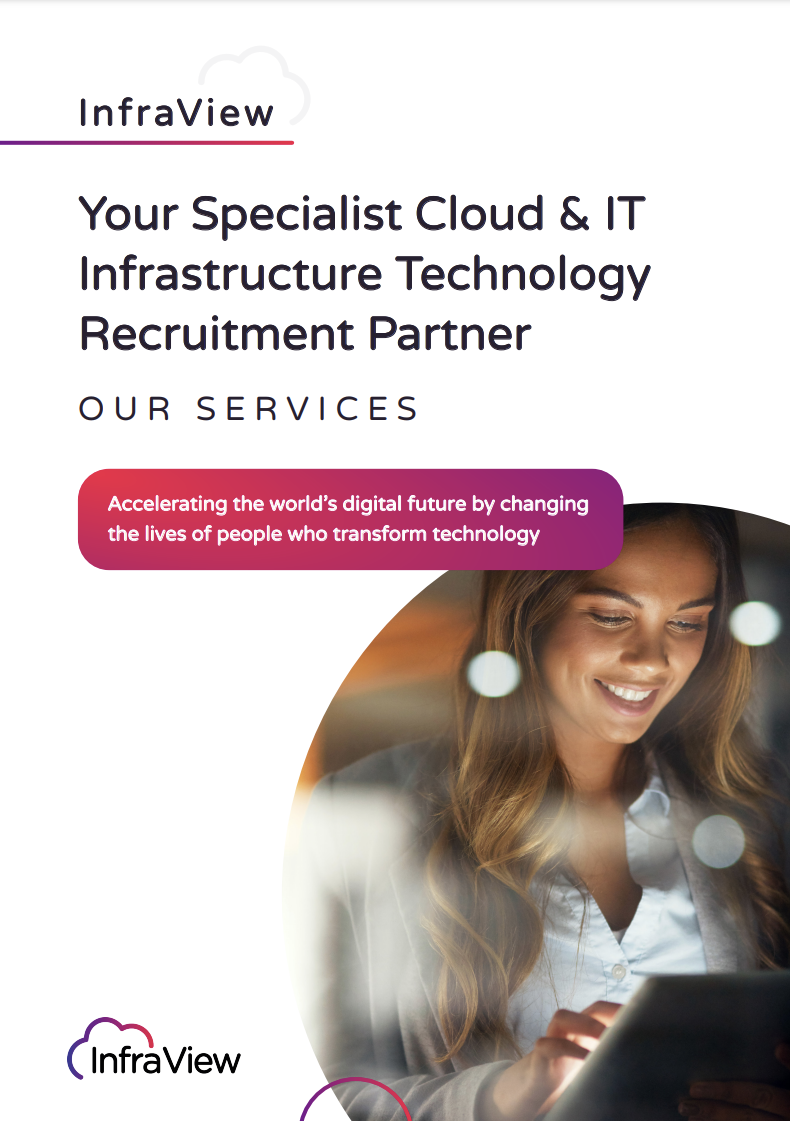8 Things You Should Know about Tailoring Your Recruitment Process

Finding and hiring competent talent is a big challenge for most organisations. Many a time, the recruitment process becomes prone to errors, which can cost companies.
Tailoring your recruitment strategy can be helpful in improving your hiring process in a way that works best for your organisation and its goal.
By putting in a little effort, you’ll be able to minimise the time you spend screening unqualified CVs, whilst accelerating your recruitment process. You’ll also be able to hire better candidates.
Here are a few tips in this regard.
1. Create Crisp Job Descriptions
Adding unnecessary details to your job descriptions will narrow down your candidate pool, prolonging your search to find the right people. With this in mind, avoid including unnecessary details such as the training you provide or secondary responsibilities.
You should know that the longer you take to find the right people, the more time and resources you’ll end up spending. Further, a smaller talent pool means an imminent struggle to hire a diverse and inclusive team that represents your community and customer base.
It is, therefore, best to create crisp and tight job descriptions that allow you to expand the scope of finding quality candidates.
2. Use an Applicant Tracking System
A reliable applicant tracking system (ATS) will allow you to track applicants throughout the hiring process. From receiving applications to sending out offer letters - you’ll know which candidate is stuck at what stage of recruitment. A high-quality ATS will also allow to automate your communication with candidates to ensure that none of them are skipped.
Most importantly, an ATS can help you pinpoint the source of the majority of your candidates. You’ll be ablet to understand if they’re applying through your website’s career page, social accounts or job boards.
Accordingly, you’ll be able to identify the best channels for finding candidates and divert additional resources in that direction for even better hiring. If you aren’t already using an ATS and similar recruitment technologies, we recommend you do so immediately.
3. Open up Channels of Communication
Don’t make the mistake of leaving candidates hanging in midair. They may accept other offers, forcing to restart your search. Make sure you stay in touch with candidates throughout the hiring process, even if that means picking up the phone and informing them that there’s no further development yet.
Needless to say, good candidates are hard to come by since there’s no dearth of jobs for them. Other recruiters will also have them on their radar. If the candidates don’t hear from you at regular intervals or have no idea where their application is headed, they’ll likely move on and possibly join your competitors.
It makes sense to stay top-of-mind with candidates by keeping in touch with them through call or email on a regular basis. This will help you retain them as a worthwhile option, and spare you another round of search.
4. Your Existing Employees Have a Role to Play
Your employees are your real brand ambassadors. Leverage them to fill up open positions without increasing your costs. Here’s how you can do this:
- Promote from within: Before sourcing candidates externally or inviting employee recommendations, look for existing high-performing employees that can be promoted. This can work well since they’ll already know your business and corporate culture, allowing a smoother transition. Further, your employees will feel more valued, motivated, and engaged, which will bring down turnover rates.
- Reward referrals: Work out an employee referral programme and provide incentives to employees for quality hires. Create a policy for distributing rewards at specific intervals. It is standard practice to wait several months before rewarding the referring employee. This helps ensure that only solid recommendations are compensated for.
- Focus on internal employer branding: It’s likely that your high-performing employees know other skilled professionals. To make the most of this, you can build an internal employer branding team of employees and leverage them as recruiters. Ask them to post engaging images of the workplace on their social media accounts along with appropriate copy. This will increase your chances of attracting high-quality candidates, allowing you to build your talent pipeline. More on this in our next point.
5. Create a Talent Pipeline to Improve Speed of Recruitment
This can be especially helpful in sourcing talent for roles that with a historically high turnover. You will be able to engage potential candidates early on in the hiring process. That’s because constantly sourcing candidates for roles before they become vacant will considerably decrease your time-to-hire.
Also, it makes sense to optimise the speed of your recruitment process to avoid losing top talent to competitors in the current competitive job market. In essence, every organisation is vying for the best talent out there. In such a scenario, providing training opportunities that bring about career development can prove to be a magnet for attracting top talent.
Further, identify and connect with passive job-seekers, which can greatly improve your recruitment process. You can do this by joining online career communities, whilst also leveraging your company website, career page, social media profiles, and employee review portals. Starting the search early and connecting with passive candidates sooner rather than later will certainly work in your favour.
6. Design a Standard Interview Process
Doing so will minimise the scope for error, reduce your time-to-hire, and make it easier to identify the right candidates. This can be done by creating a standardised candidate assessment template and tailoring it for each role you’re hiring for.
You will also benefit by building the ideal candidate persona and identifying the essential traits. Outline their duties and responsibilities, and then develop questions that help you carry the interview forward and get you your answers.
It’ll also help to train your interviews in the interviewing process so they understand what they’re meant to do. This can go a long way in minimising lost employee productivity due to lengthy interview processes, whilst allowing you to make the right hires.
7. Strengthen Your Employer Brand
You can’t control people’s perception of you as an employer, but strengthening your brand can help influence their opinion of your organisation. This is where employer branding comes into the picture. It refers to your company’s reputation (or what job seekers think of you) as an employer.
For best results, update all your information that the general public can access. Create new promotional materials and make them available on multiple public platforms, including review sites, social media, your business and career websites, and job boards. The goal is to make your company culture as transparent as possible, and mould people’s perception of you favourably.
A consistent, accurate, and impactful employer brand will help you attract more new candidates and increase the eagerness of those in your talent pipeline to work with you.
8. Shine the Spotlight on Your Company’s Culture
This will tell job seekers that you’re not only building a thriving business, but also a wholesome community. It will also help you find candidates with the right cultural fit.
Start by displaying your company’s core values and mission statement prominently on your company’s website. This will enable candidates to understand what it’s like to work for your company.
Publish employee testimonials to highlight your company culture whilst also sharing vacancies. If, for instance, you want to fill a Sales position, ask a top sales executive for their thoughts on what they like about their work and how your company empowers them to succeed. Don’t forget to add a professional photo of the employee along with their testimonial.
Summary
It is important that companies fill open positions as soon as possible with the right candidates to avoid losing them to other organisations. A long recruitment process can derail your company’s plans. Further, it can be disappointing for recruiters to learn that they’ll need to restart their talent search.
Tailoring your hiring process will bring you closer to your goals by helping you onboard top talent that’s suitable for your company. Hopefully, the above points will help you understand what you need to do to get there.
InfraView is specialist recruitment consultancy partner who understands that the recruitment landscape and candidate expectations are constantly changing. We’re committed to helping busy tech leaders grow their teams, whilst enabling candidates to boost their careers. Register with us today to learn more.










